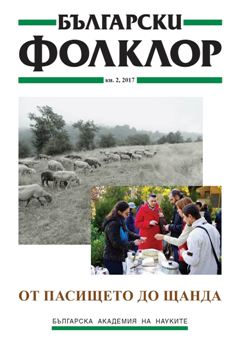Balancing Act: Identity and Otherness among Latin American Immigrants and their Food Practices
This article deals with the identity construction of Latin American immigrants in Israel through their food practices. Food is a basic symbolic element connecting cultural perceptions and experiences. For immigrants, food is also an important element in the maintenance of personal ties with their home countries and a cohesive factor in the construction of a new identity in Israel, their adopted homeland. Food practices encode tacit information and non-verbal cues that are integral parts of an individual’s relationship with different social groups. In this case, I recruited participants from an online group formed within social media platforms of Latin American women living in Israel. The basic assumption of this study posits that certain communication systems are set in motion around food events in various social contexts pertaining to different national or local cuisines and culinary customs. Their meaning, significance and modifications and how they are framed. This article focuses on the adaptation and acculturation processes because it is at that point that immigrants are faced with an interesting duality of reconstructing their unique cultural perceptions to either fit the existing national collective ethos or create a new reality. In this study, the main objective is to compare two different immigrant groups: Jewish and non-Jewish women from Latin America who came to Israel during the last ten years. The comparative nature of the research revealed marked differences between ethnic, religious and cultural elements that reflect coping strategies manifested in the cultural production of food and its representation in two distinct domains: private and public. In the former, it is illustrated within the family and home and how they connect or clash with the latter in the form of consumption in public. Combining cultural studies and discourse analysis, this article offers fresh insight into new models of food practices and reproductions. The article’s contribution to new food research lies in its ability to shed light on how inter-generational and inter-religious discourses are melded while food practices and traditions are embedded in a new Israeli identity.
More...















